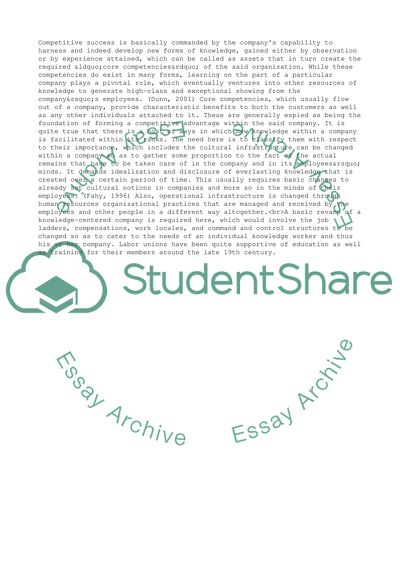Cite this document
(Knowledge Management and Learning Styles Essay Example | Topics and Well Written Essays - 2000 words, n.d.)
Knowledge Management and Learning Styles Essay Example | Topics and Well Written Essays - 2000 words. Retrieved from https://studentshare.org/management/1547808-knowledge-of-an-organisation
Knowledge Management and Learning Styles Essay Example | Topics and Well Written Essays - 2000 words. Retrieved from https://studentshare.org/management/1547808-knowledge-of-an-organisation
(Knowledge Management and Learning Styles Essay Example | Topics and Well Written Essays - 2000 Words)
Knowledge Management and Learning Styles Essay Example | Topics and Well Written Essays - 2000 Words. https://studentshare.org/management/1547808-knowledge-of-an-organisation.
Knowledge Management and Learning Styles Essay Example | Topics and Well Written Essays - 2000 Words. https://studentshare.org/management/1547808-knowledge-of-an-organisation.
“Knowledge Management and Learning Styles Essay Example | Topics and Well Written Essays - 2000 Words”, n.d. https://studentshare.org/management/1547808-knowledge-of-an-organisation.


